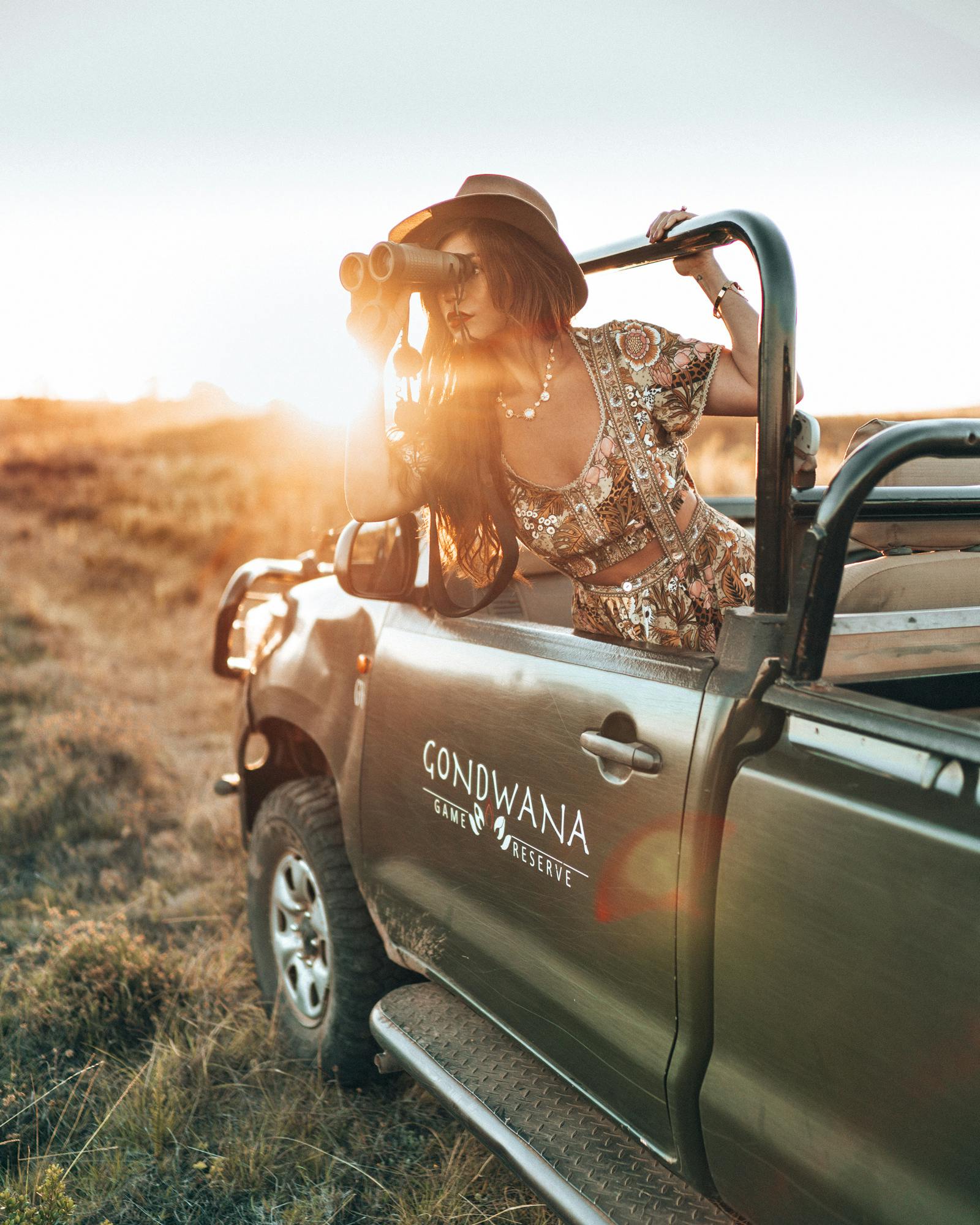South Africa Travel Guide: The Perfect Cape Town & Garden Route Itinerary
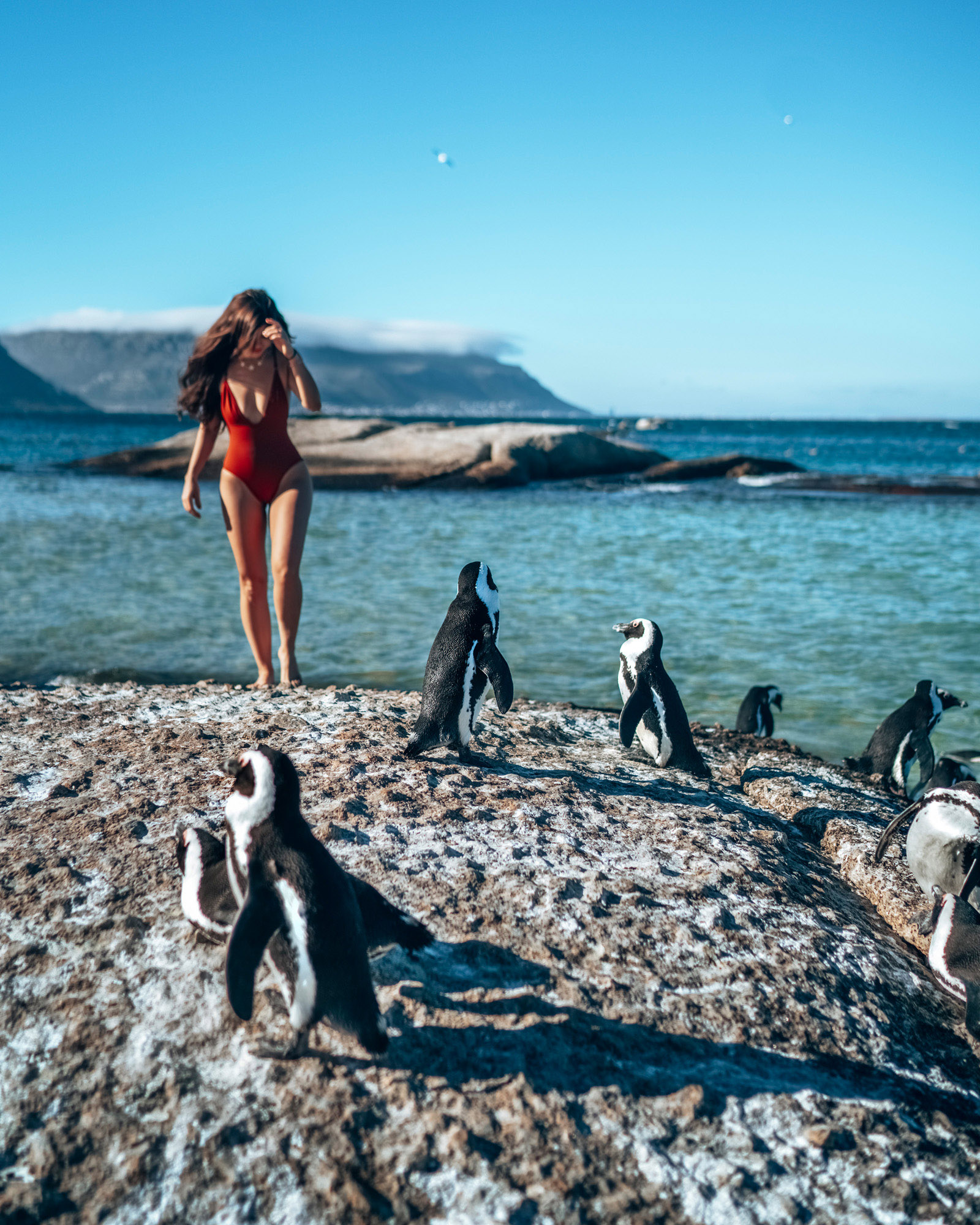

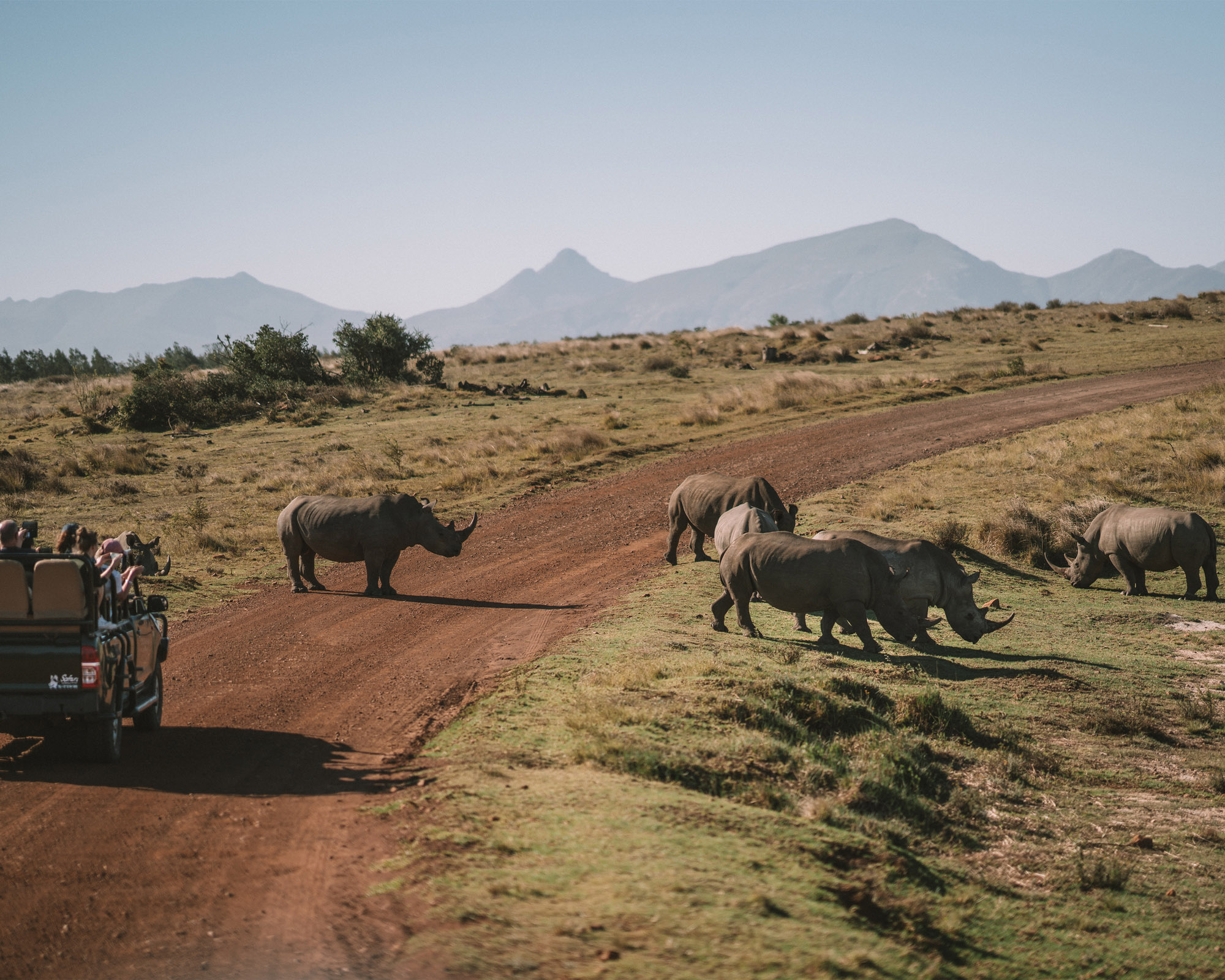
What Makes South Africa One of the Most Beautiful Travel Destinations
South Africa is more than a picturesque backdrop. It is a country where wildlife encounters, strikingly diverse landscapes, and rich cultural experiences converge into something that feels deeply personal. Whether you are tracking elephants in the bush, driving the Garden Route’s coastal curves, or sipping Chenin Blanc under the Cape Winelands sun, South Africa is an unforgettable destination.
- Diversity in one trip – Big city energy, quiet beaches, epic hikes, safari, vineyards, and world-class dining all within a few hours’ reach.
- Luxury that feels human – Private villas and boutique hotels designed to blend in with the landscape, paired with guides, chefs, and hosts who make the trip personal.
- Value for U.S. travelers – Even in 2025, high-end experiences often cost less than in Europe or Hawaii, making luxury here surprisingly attainable.
Wildlife Encounters

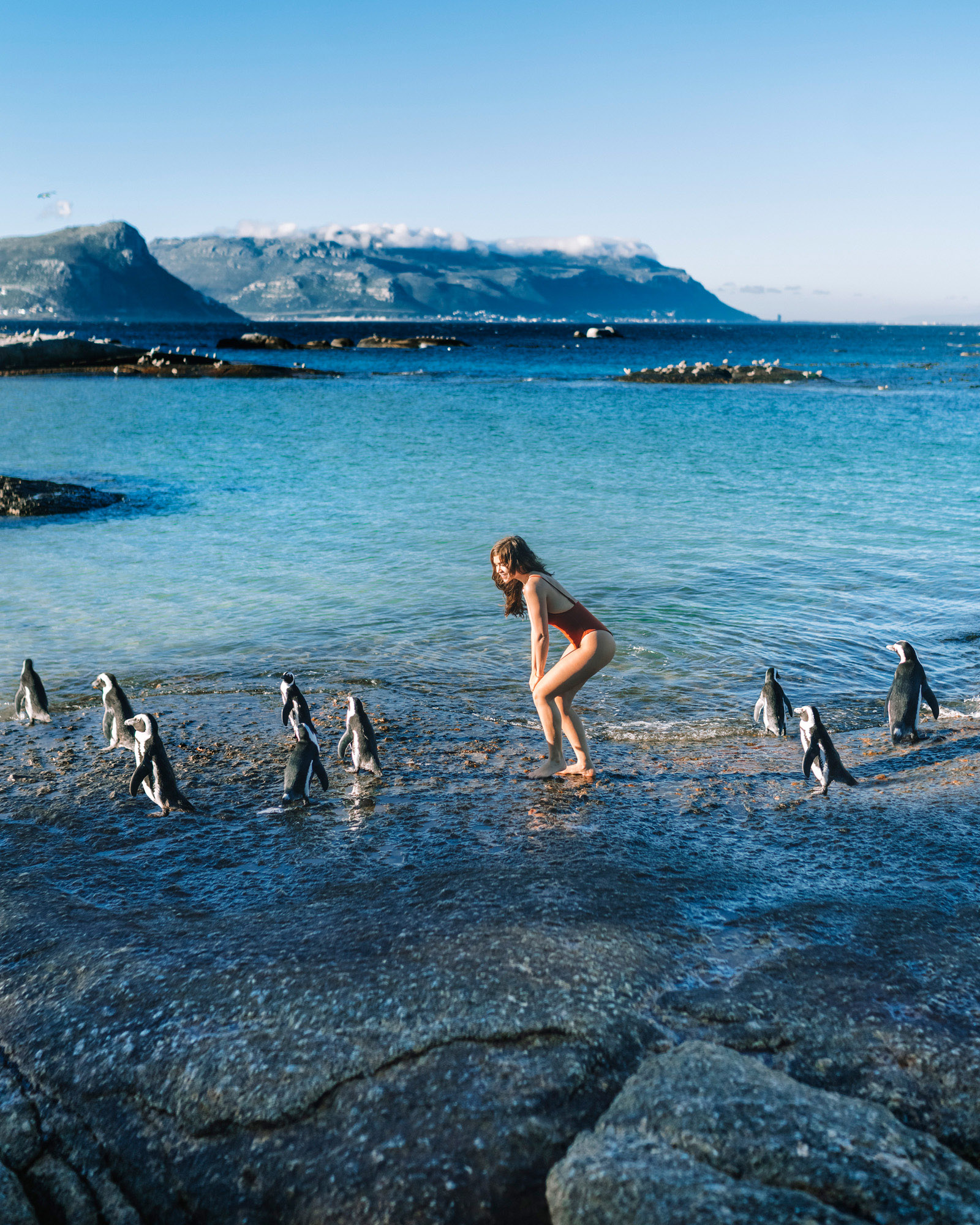
Nothing compares to seeing animals where they belong - in the wild. Watching elephants move silently through the bush or hearing a lion’s low call ripple through the savanna resets your sense of scale, and colonies of penguins on a tropical blue water beach. These are not the fleeting glimpses of a zoo; they are intimate, unfiltered moments that change the way you think about nature, and one of the only places in the world with the variety you can see here.
The most immersive way to experience this is on a luxury South African safari, where expert guides bring you close to the Big Five without sacrificing comfort or safety. Private reserves like Sabi Sands or Phinda offer game drives at sunrise and sundown, with quiet hours in between to soak in the stillness of the bush. It is a rare blend of adrenaline and calm that makes the safari experience so unforgettable.
Unbelievable Landscapes
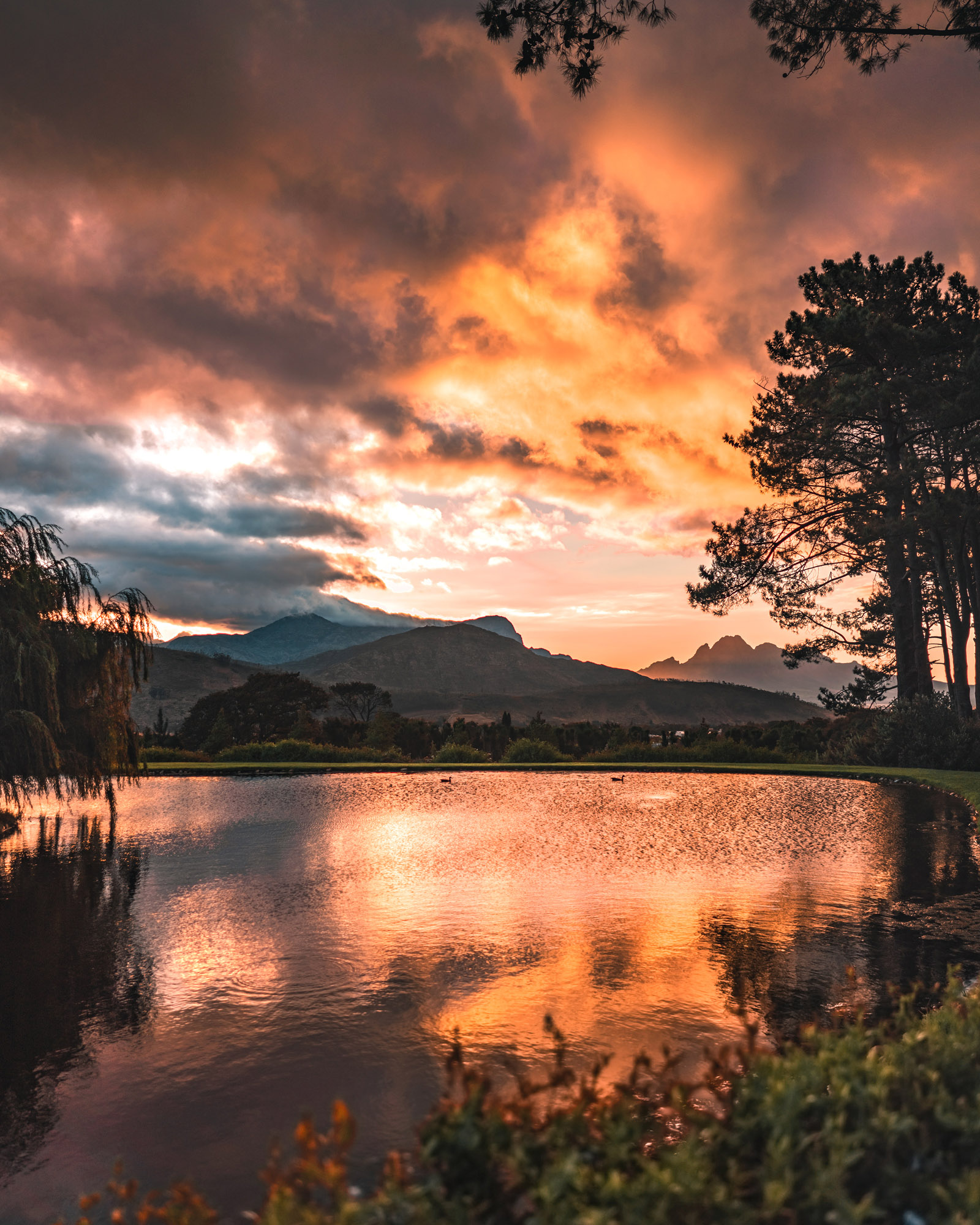

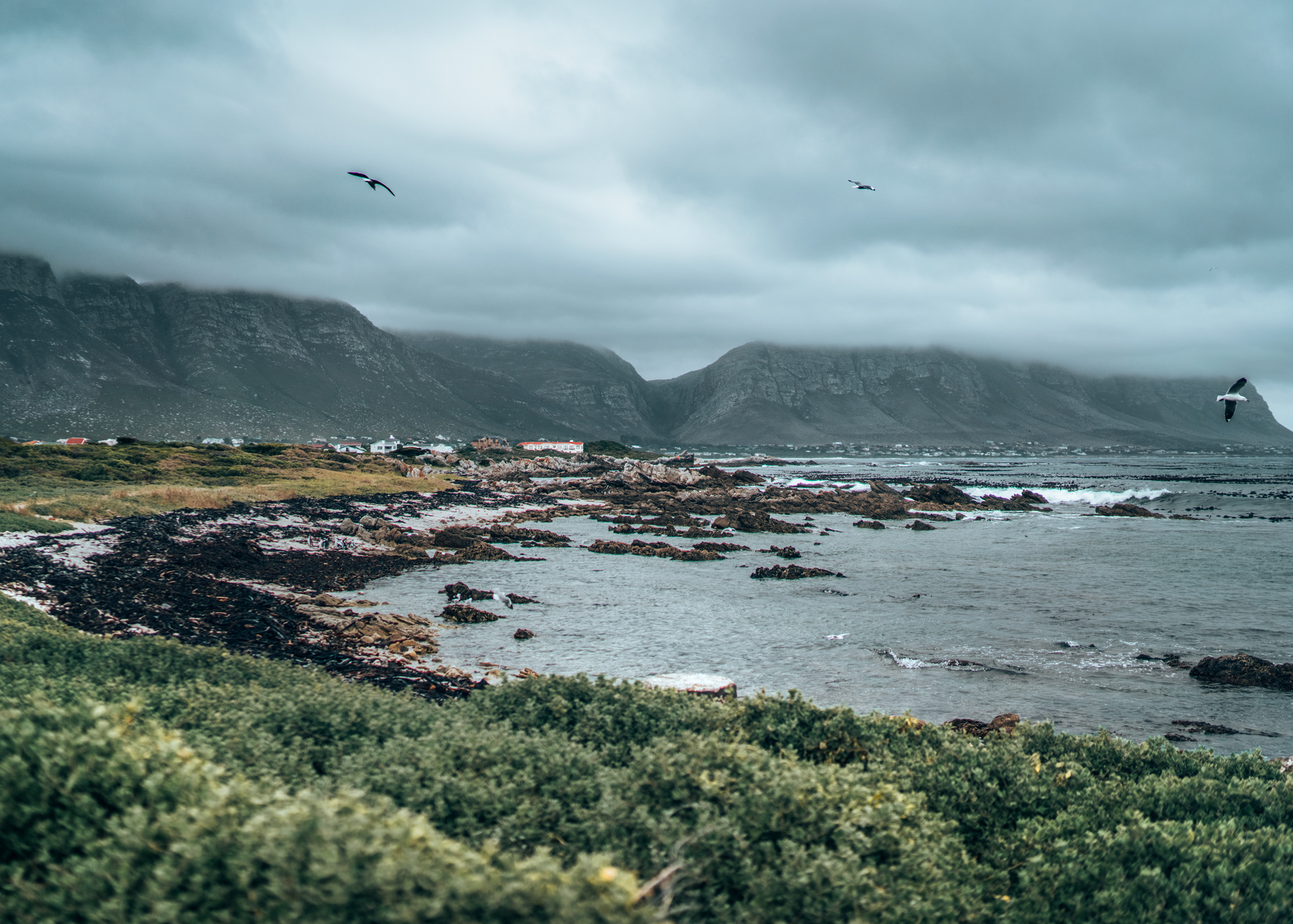
South Africa’s beauty is not just photogenic - it is layered with geological history, cultural significance, and daily life. Driving around the Cape Town area, the natural beauty and landscapes reminded me a lot of Southern California - but everything is just bigger. The water is bluer, the mountains more grand, and the winding roads more dramatic, as if the dial on Los Angeles was turned up to Maximum.
In the Cape, the Garden Route winds past dramatic cliffs, quiet beaches, and dense indigenous forests that feel almost prehistoric. Stop in Knysna for oysters, wander through the Tsitsikamma canopy, and then drive inland toward Oudtshoorn, where the Karoo’s semi-desert plains roll out endlessly under a wide, unforgiving sky.
The Cape Winelands are equally compelling, with vineyard-covered valleys framed by jagged mountains. Beyond the tastings and farm-to-table restaurants, the region tells a story of tradition, craft, and the quiet luxury of slowing down.
Farther north, the Drakensberg mountains rise in sheer, dramatic folds that catch the changing light in a way that feels almost cinematic. Hike the trails or simply sit with a view and take in the silence broken only by wind and birdcall. It is in these moments that South Africa’s scale really sinks in.
Practical Tips for Planning A South Africa Trip
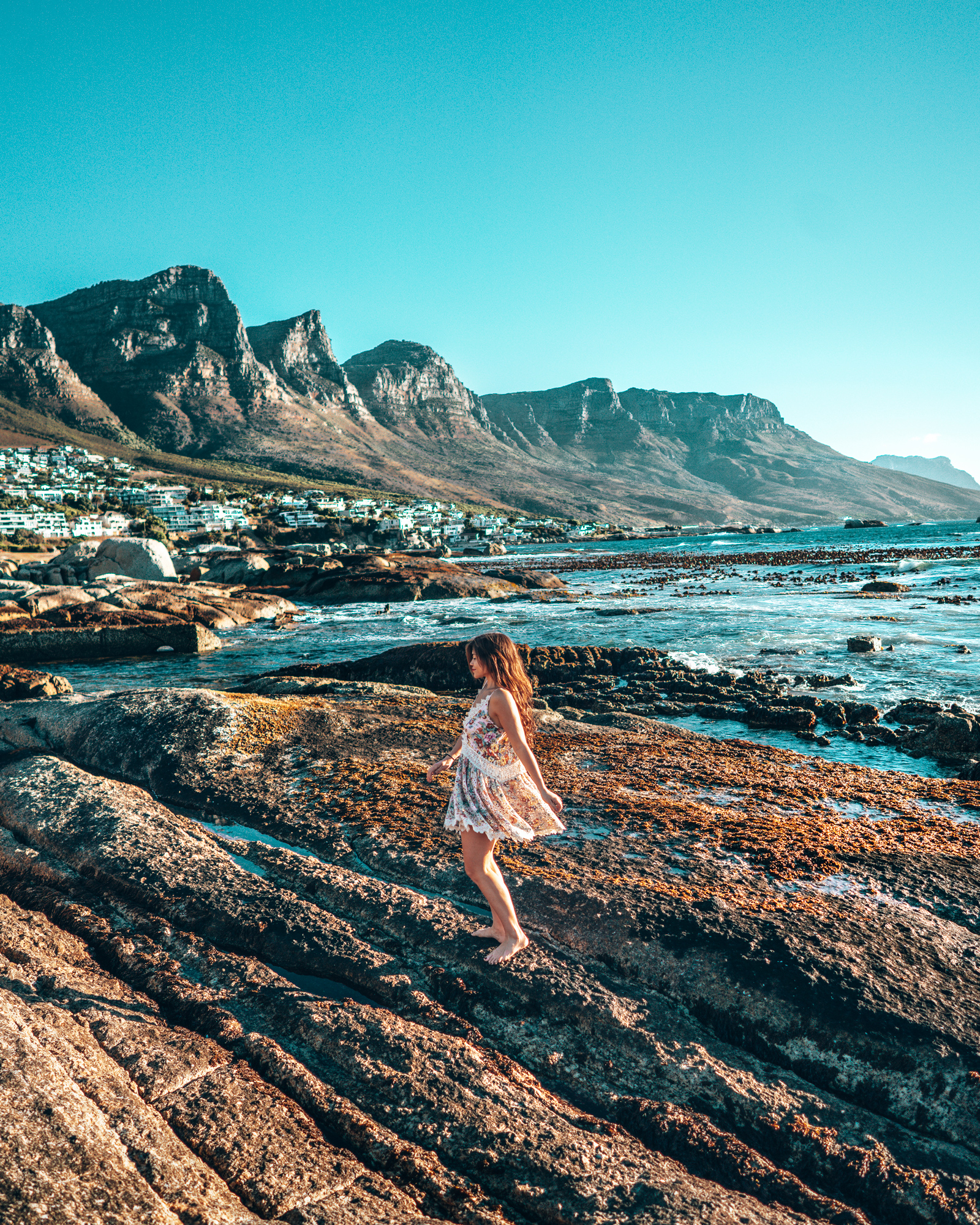
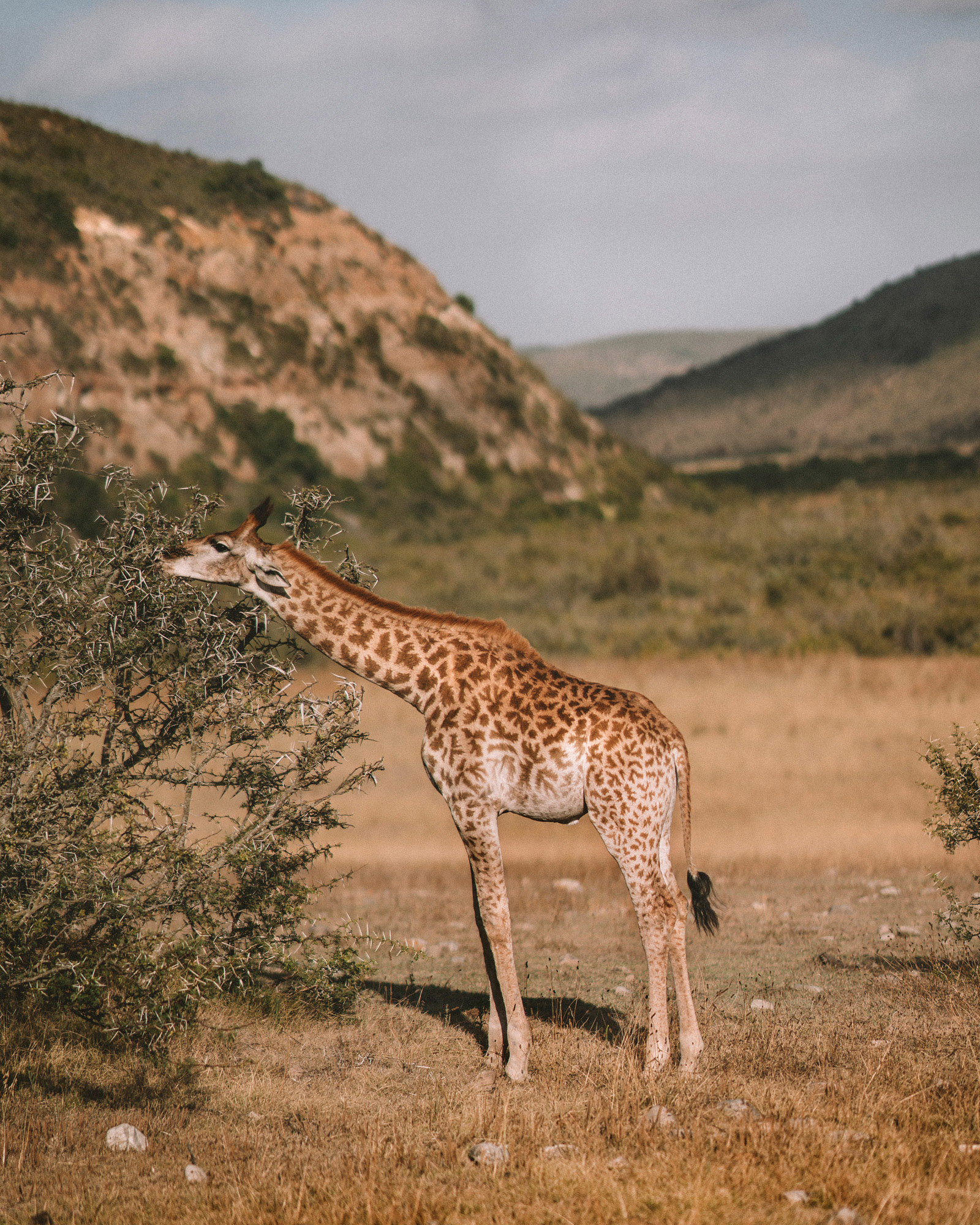
- Plan with specialists - South Africa is vast, and a tailored itinerary can make the difference between a good trip and an exceptional one. Operators like Roar Africa understand the nuances of timing, routing, and hidden gems that elevate the experience.
- Choose the right season - The dry months of May through October are ideal for wildlife viewing in the bush, while November to March offer perfect beach weather along the coast.
- Combine regions for variety - Pair a safari in Kruger or Madikwe with a few days in Cape Town and a drive along the Garden Route. The contrast between wild bush, cosmopolitan city, and rugged coastlines gives a fuller sense of what the country offers.
- Book early - South Africa’s most sought-after lodges and boutique stays are intimate by design, meaning space is limited. Planning ahead ensures you secure the right properties and experiences without compromise.
- Length of trip: Plan for at least 7 to 10 days to fully experience the route without rushing.
- Driving tips: Roads are well-maintained, but allow extra time for winding routes and spontaneous stops, and (this isn't just the American in me talking) spring for the additional fees to rent an automatic car; the area is incredibly hilly, and manuals are notoriously unreliable in rental fleets.
Cape Town: More Than a Scenic Start
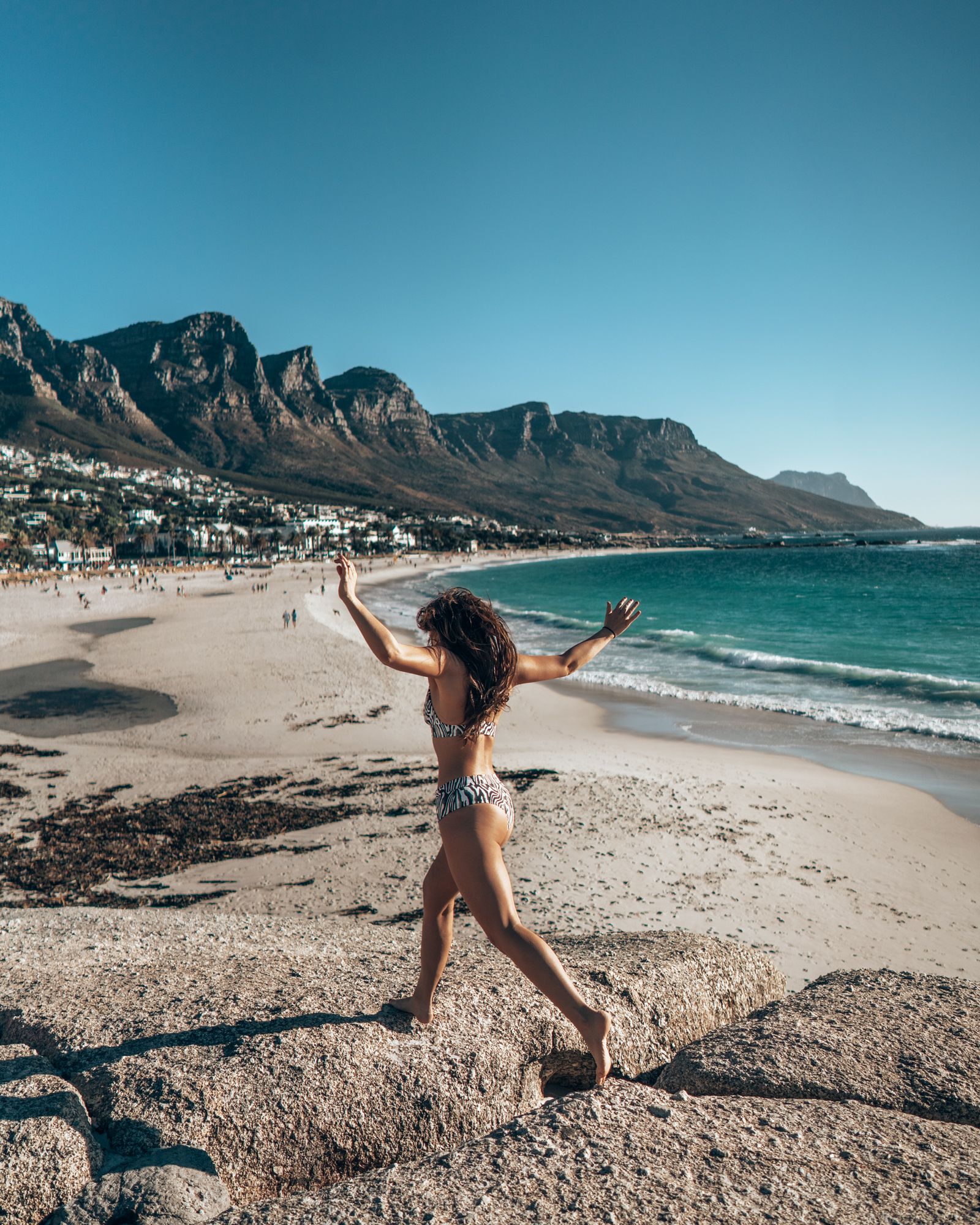
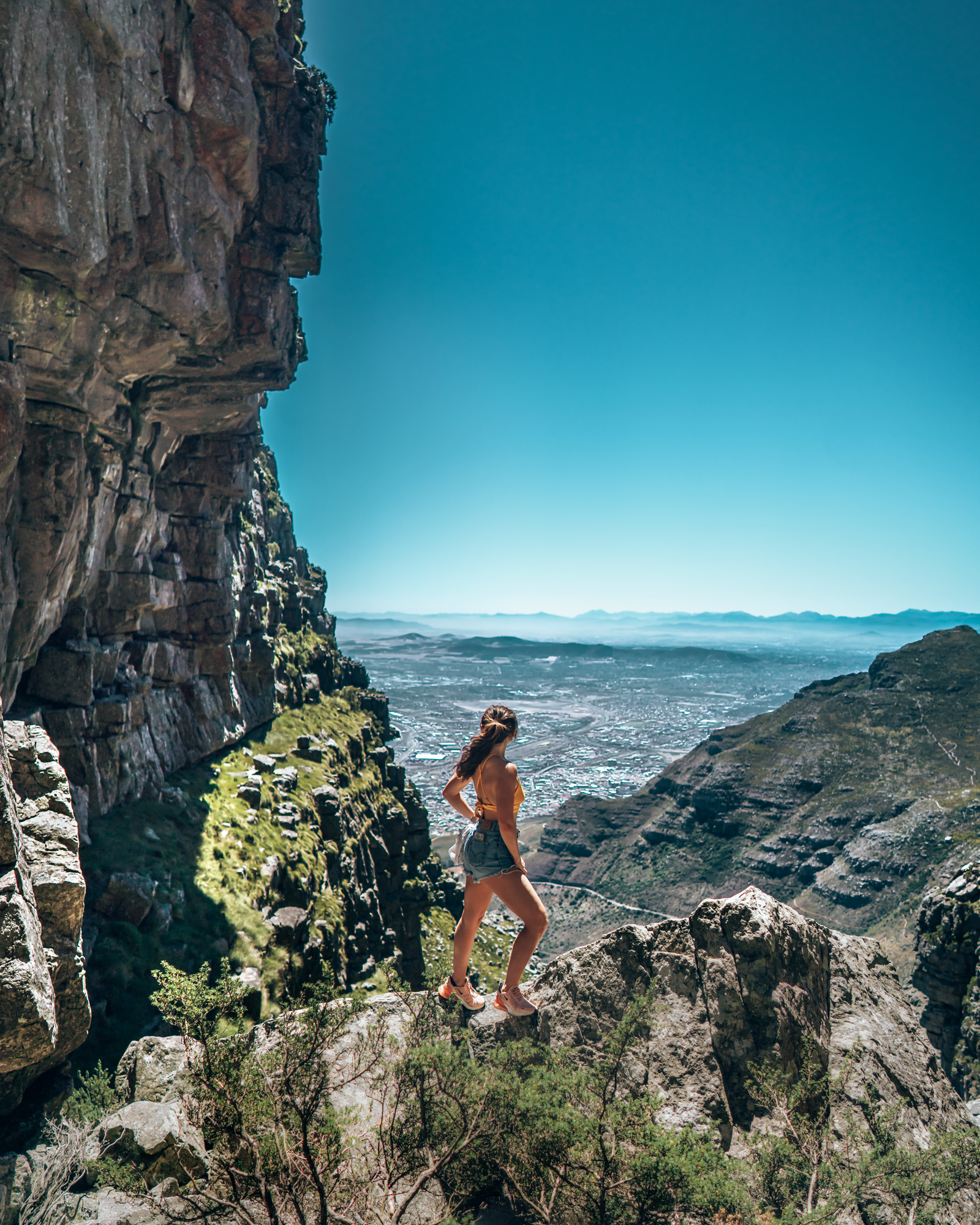
Cape Town isn't just where the airport is; the city is a vibrant city and stunning place to begin the trip, with so much to see and do. It's worth staying at least a few days. Table Mountain’s sandstone cliffs , the Atlantic coast road curves through layers of ancient rock
Eastward, the Garden Route pairs beach, forest, and lagoon in a breathtaking arc. Drift along Wilderness’ black-teal lagoons, scramble over Robberg’s seal-studded peninsula, then step onto Tsitsikamma’s suspension bridge over frothing rapids. Luxury is tactile here—a villa with floor-to-ceiling windows, farm-to-table dinners in Knysna, spa mornings by the surf. [Referral link: Cape Town boutique hotel]. [Referral link: Garden Route private villa].
Affordably Delicious Still, But Prices Have Risen
Back in 2019, meals near Camps Bay could be shockingly cheap: around $11 for beers and an appetizer at a beachfront cafe, around $40 for an Italian dinner with wine, and even wine bottles under $10. In 2025, that extraordinary affordability has moderated. While South Africa remains a good value for U.S. travelers, restaurant costs are notably higher:
- Inexpensive meals: around R160 (~$9 - 10 USD)
- Mid-range, three-course dinners for two: roughly R700 (~$40 USD)
Budget spots like Gatsby sandwiches remain affordable at R60–100 (~$4 - 6), and markets such as Neighbourgoods still offer fresh, delicious value. Cape Town also ranks highly in global value indexes; Post Office Travel Money places it second for holiday affordability in 2025, particularly noting that wine and beer remain relatively inexpensive.
Parking & “Car Guards”
Street parking in many Cape Town neighborhoods, like Camps Bay or Table Mountain trailheads, is often free and relatively easy to find. But in the city center and waterfront zones, you may encounter formal parking charges.
If someone in an orange vest guides you to a space and offers to "watch" your car, they’re likely informal car guards, common across South Africa. You’re not required to pay them - but a small tip is customary if you choose. Still, a quick check on Reddit confirms:
“You’re legally allowed to ignore them,” though if they issue a ticket, “it gets treated like a traffic violation.”
.
Tap Water: Safe, But Expect Quirks
I was pleasantly surprised that Cape Town’s tap water is safe to drink - a rarity in many parts of the world. Safety standards remain high: municipal testing and compliance with water quality standards are consistent.
Occasionally, tap water may taste earthy or slightly “off” due to geosmin, a harmless organic compound. The city treats for this, but hardness and flavor can vary by area.
Renting a car is the way to go, But Choose an Automatic
Renting a car and driving yourself is essential for a road trip, and by far the best way to explore the city of Cape Town itself.
The winding coastal and mountain roads - from the Chapman’s Peak curves to forest lanes - are scenic and generally well-maintained. Renting an automatic transmission is strongly advised, even for experienced manual drivers, because Cape Town’s steep, stop-and-go traffic can strain clutches fast. We started with a manual rental, which in just a couple of days was stalling, smoking, or failing completely, so within 48 hours we switched to an automatic rental car and finally got to really enjoy the experience.
What to Do And See in Cape Town
- Hike up Table Mountain - Go early; bring water and sunscreen. The hike is steep, and I would only attempt it if you have a decent level of physical fitness. If you're unsure or simply not interested, take the cable car to the top of the mountain to enjoy the views and restaurant at the top. We hiked up the mountain and rode the cable car down to make the most of our time and save our knees.
- Chapman’s Peak Drive - A winding cliffside road that rivals California’s Big Sur for drama.
- Boulders Beach - Swim near the penguin colony (from a respectful distance) and wander its sheltered coves.
- Explore the Winelands - Stellenbosch and Franschhoek are a short drive away; plan for wine tastings that turn into long, lazy lunches.
- Market-hop - Oranjezicht for farm produce, Neighbourgoods for design and food, and Greenmarket Square for crafts.
- Live music - Catch intimate jazz sessions in heritage buildings around the City Bowl.
See The Big Five On a Game Reserve Safari
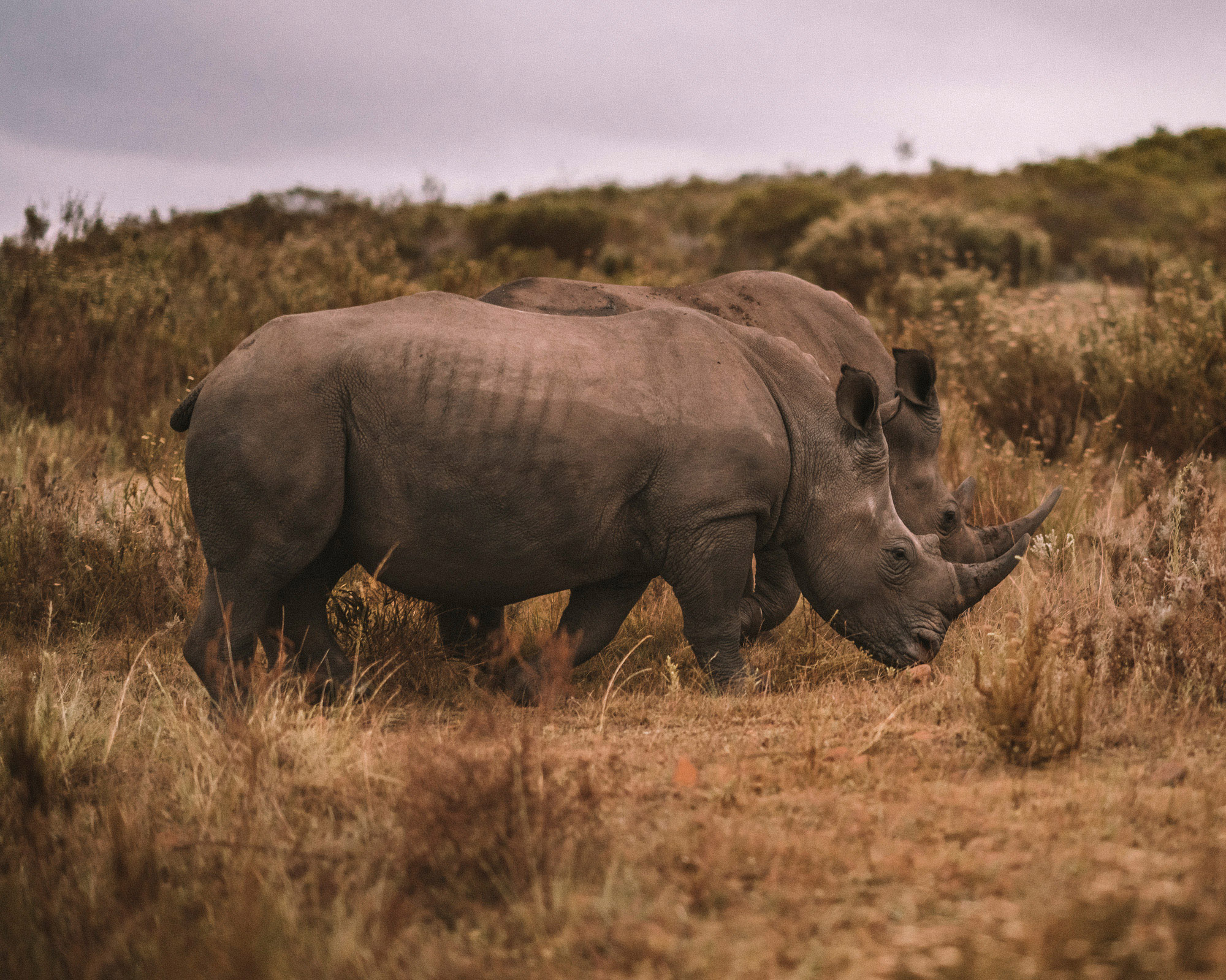
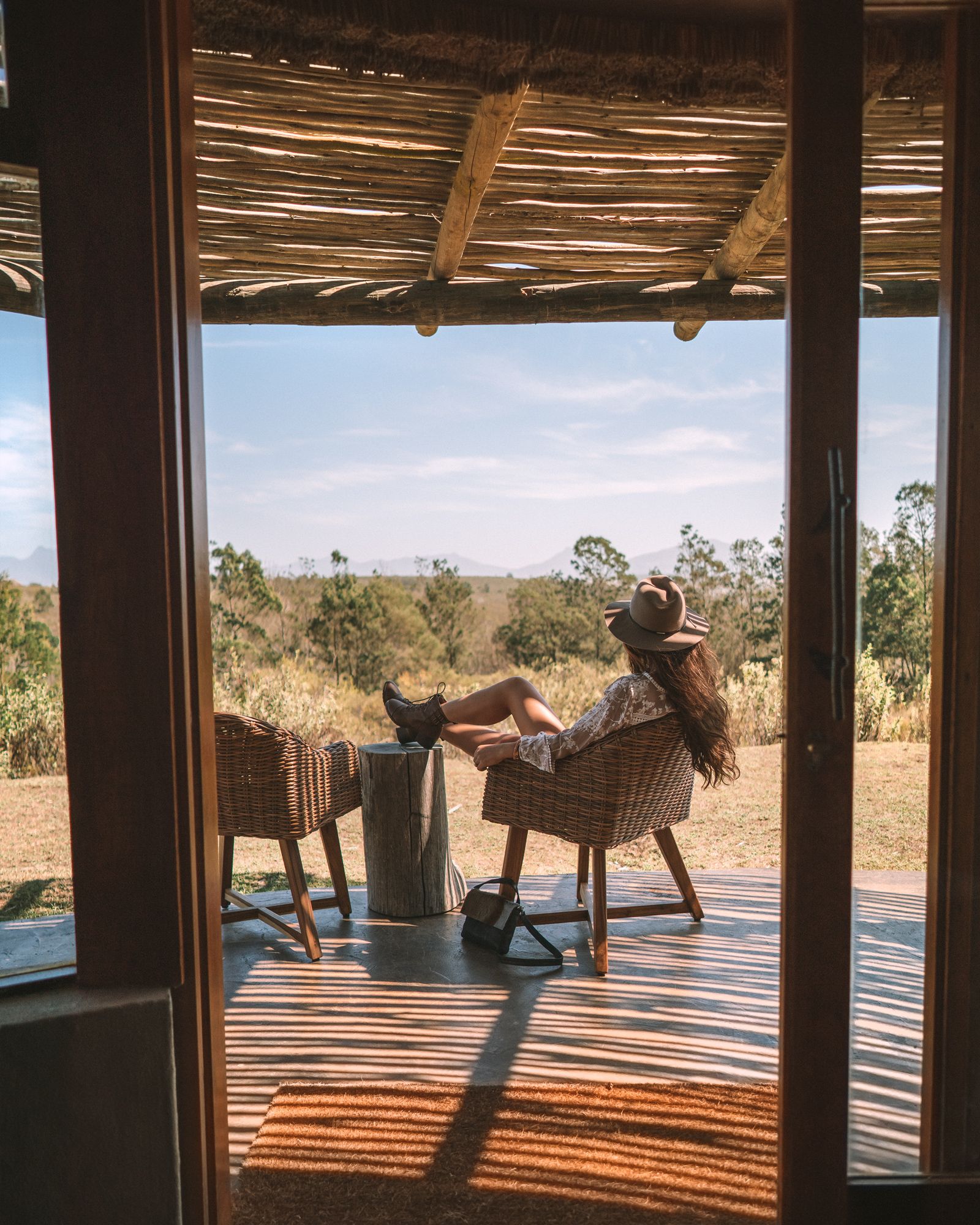

No South African trip is complete without a safari - the kind where mornings begin with coffee around the fire and evenings end with sundowners as lions call in the distance.
Where to Go
The Garden Route makes it easy to combine coastal adventures with wildlife experiences. Gondwana Game Reserve is the closest option to the coast, perfect if you want to keep driving distances short. For a more luxurious stay, Shamwari and Kwandwe offer exceptional lodges, expert guides, and excellent chances to spot the Big Five. Smaller, more intimate reserves like Amakhala or Kariega create a quieter, more personalized safari experience.
See my complete review and more details on Gondwana Game Reserve here
What to Expect
Game drives usually happen twice a day - one at sunrise and one in the late afternoon. Meals and drinks are often included, and many lodges offer guided bush walks for a deeper understanding of the land and its ecosystems.
Practical Tips
- Pack layers, as morning and evening drives can be very cold and afternoons in the summer get hot.
- Book well in advance; lodges fill up quickly in high season (June to September).
- Plan at least two nights - three if you can - to maximize your chances of seeing a range of wildlife.
Stellenbosch and the Cape Winelands
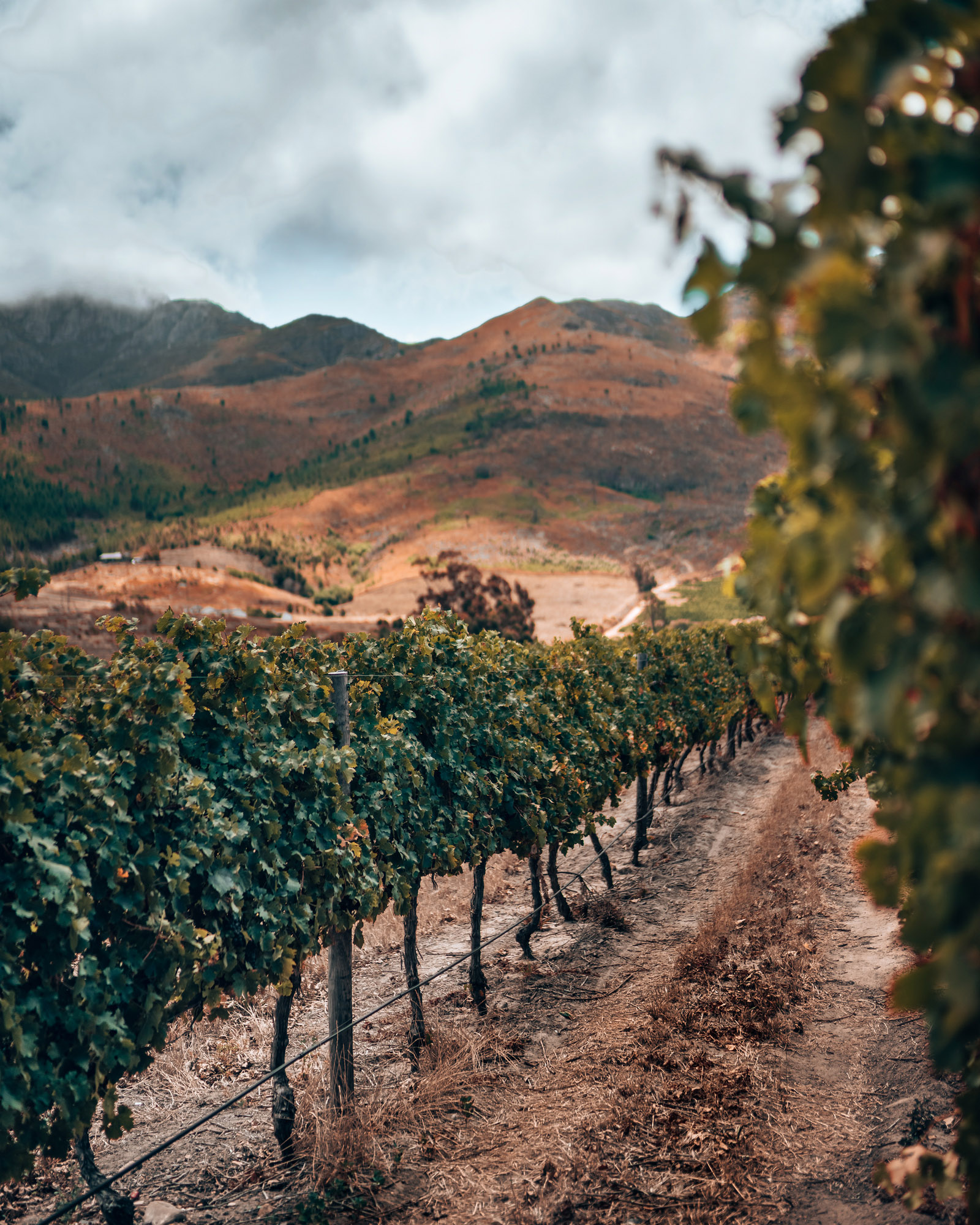
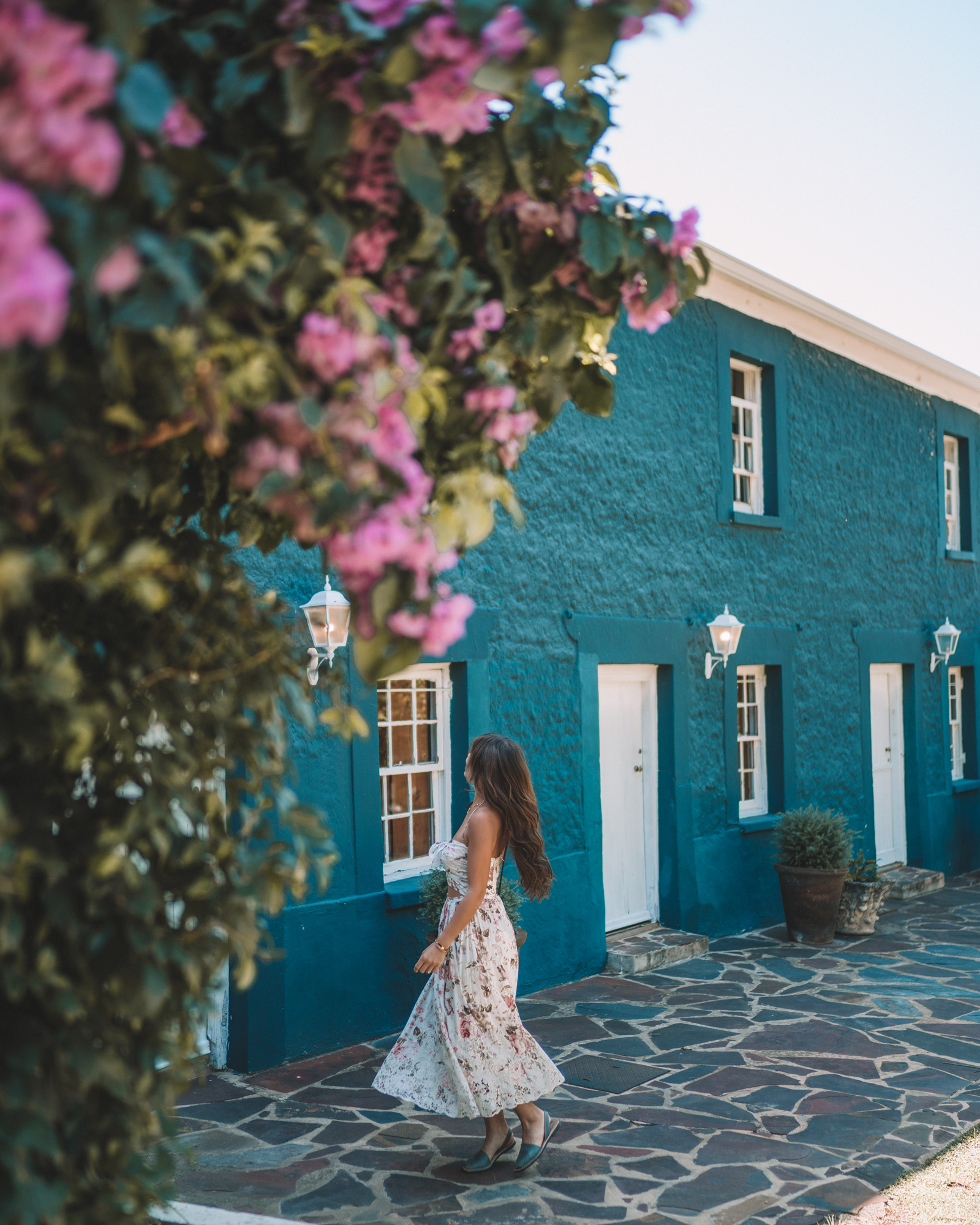
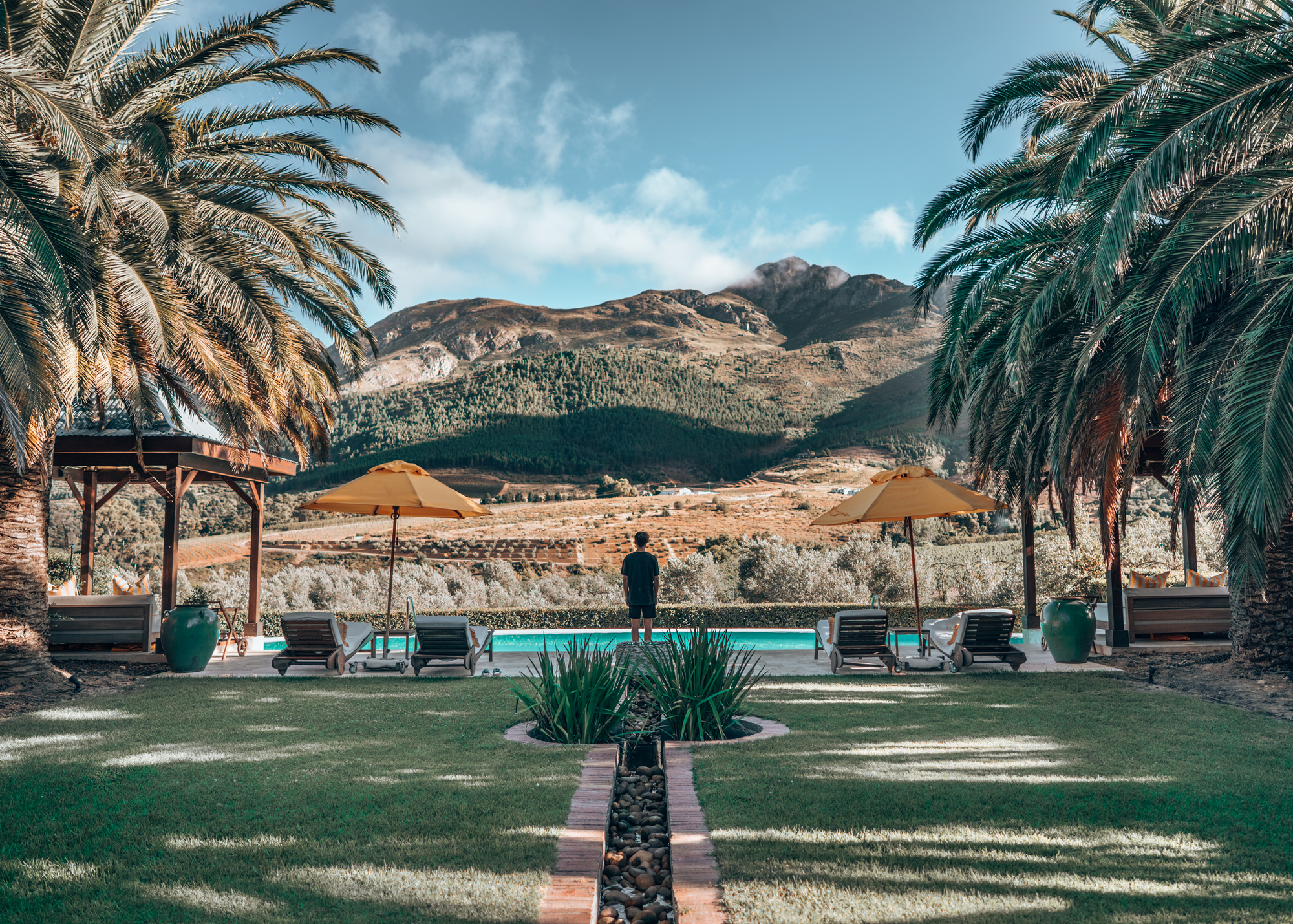
Just an hour from Cape Town, Stellenbosch is the heart of South Africa’s wine country - where vineyard-covered hills meet historic Cape Dutch architecture and a culinary scene that grows more sophisticated every year.
Wine Experiences
Spend at least a full day here, though two is ideal. Start at Delaire Graff for its sweeping valley views and art collection, then head to Tokara for its olive oil tastings and fine wines. Waterford Estate offers a unique wine and chocolate pairing, while Spier is perfect for those traveling with families, with picnic spots and interactive experiences
Beyond the Vineyards
The region is more than wine; biking or e-biking tours let you ride through the countryside at your own pace, and the Jonkershoek Nature Reserve is perfect for hiking. The town itself is filled with galleries, boutiques, and restaurants. For a romantic detour, Franschhoek is just 30 minutes away - home to boutique tasting rooms, intimate guesthouses, and world-class restaurants like La Petite Colombe.
Practical Tips
- Book tastings in advance, especially during weekends or harvest season (January to March).
- Arrange a driver or tour service if you plan to visit multiple estates.
- Visit midweek for a quieter, more relaxed experience.


